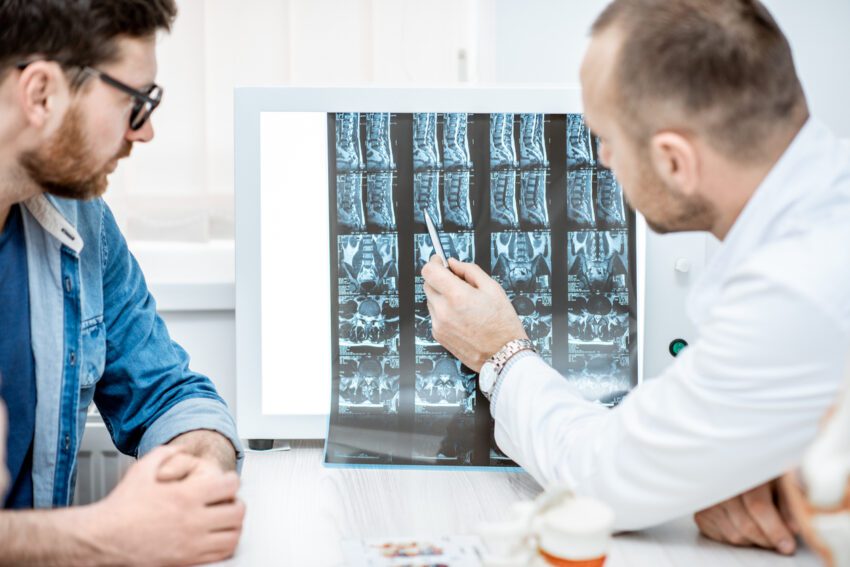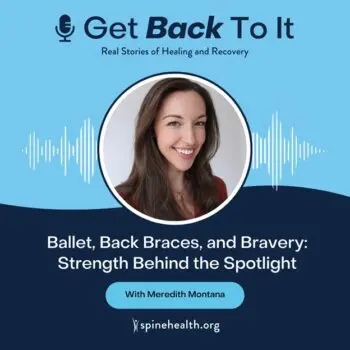Adult scoliosis is when an adult’s spine curves sideways. This can happen due to aging, wear and tear on the spine, or it might be a curve that started in childhood.
Common Causes
- Degenerative changes: As people age, the discs and joints in the spine can wear out.
- Osteoporosis: A condition where bones become weak and brittle, making the spine more likely to curve.
- Previous scoliosis: Some adults had scoliosis as children that continued to worsen over time.
- Spinal injuries or surgeries: Damage or operations on the spine can lead to curvature.
Symptoms
- Uneven shoulders or hips.
- One shoulder blade sticking out more than the other.
- Back pain, especially after standing or walking for a long time.
- Stiffness in the back.
- Numbness or weakness in the legs.
Diagnostic Tests
- Physical exam: The doctor checks for uneven shoulders, hips, and ribs.
- X-rays: Pictures of the spine to see the curve’s size and location.
- MRI or CT scan: Detailed images of the spine to check for nerve compression or other issues.
Treatment Options
Non-Surgical:
- Observation: Regular check-ups to see if the curve gets worse.
- Physical therapy: Exercises to strengthen back muscles and improve posture.
- Pain management: Medications, injections, or alternative therapies like acupuncture.
Surgical:
- Spinal fusion: A surgery where the curved bones are fused (joined) together to straighten the spine.
Common Conditions That Can Cause Similar Symptoms
- Kyphosis: An excessive outward curve of the spine, causing hunching.
- Lordosis: An excessive inward curve of the lower spine.
- Spinal stenosis: Narrowing of the spaces within the spine, putting pressure on the nerves.
When to See the Doctor
- If you notice uneven shoulders or hips.
- If you experience persistent back pain.
- If you have numbness, tingling, or weakness in your legs.
- If your spine appears more curved over time.
What to Ask the Doctor
- How severe is my scoliosis?
- What treatment options are available?
- How will treatment affect my daily activities?
- What are the risks and benefits of surgery?
- How often should I have follow-up visits?
- Will my curve get worse?
Temporary Home Remedies
- Exercise: Gentle exercises can help strengthen back muscles.
- Stretching: Regular stretching and yoga can relieve muscle tension while improving flexibility.
- Pain relief: Intermittent use of over-the-counter pain relievers like ibuprofen or acetaminophen can help with pain.
- Proper posture: Maintain good posture to reduce muscle strain.
- Heat or ice therapy: Applying heat or ice can reduce pain and swelling.
Understanding adult scoliosis can help you know when to seek medical advice and what questions to ask your doctor. Early detection and treatment can prevent the condition from getting worse and help you maintain a healthy, active lifestyle.



